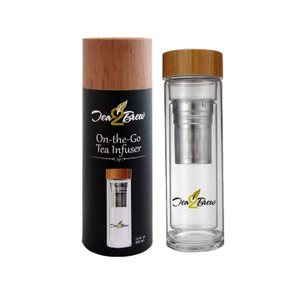Tea Collection
Tea is the most widely consumed beverage in the world next to water,
and can be found in almost 80% of all U.S. households.
It is the only beverage commonly served hot or iced, anytime, anywhere, for any occasion.
On any given day, over 158 million Americans are drinking tea.

WHAT ARE THE NUTRITIONAL BENEFITS OF TEA ?
Tea composition varies with climate, season, horticultural practices and variety. Polyphenols are the most important component in tea, as they constitute approximately 36 percent of the dry weight of tea. Other components of fresh green leaf include caffeine, protein and amino acids, carbohydrates, lipids, vitamins and minerals.
Green and black tea have similar chemical make-up. The primary difference between the two types lies in the chemical changes that take place during their production. In black tea the plant Polyphenols are oxidized and this is prevented in the manufacture of green tea.
One of the most important groups of Polyphenols in tea is the catechins in green tea, theaflavins and thearubigens in black tea. A variety of physiological effects have been attributed to tea catechins which are currently best known for their antioxidant activities.
Black tea is all-natural (non flavored) and contains no additives. It is virtually calorie-free (1 calorie per 100 ml) and sodium free and is therefore a suitable beverage for individuals on calorie-reduced or low sodium diet. Tea includes fluoride, traces of vitamins A, K, C, B carotene and B vitamins.
Average daily consumption of tea in the United Kingdom, 3.43 cups (650 ml), provides very few calories and only a small amount of fat, whilst contributing valuable minerals and vitamins to the diet. It provides:
- Over half of the total intake of dietary flavonoids
- Nearly 16% of the daily requirement of calcium
- Almost 10% of the daily requirement of zinc
- Over 10% of the folic acid need
- Around 9%, 25% and 6% of vitamins B1, B2 and B6 respectively
















